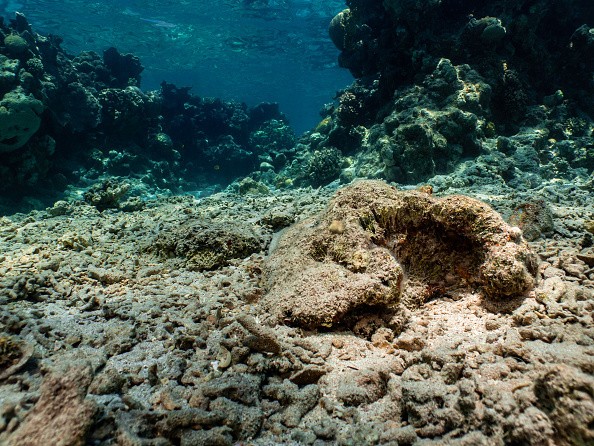The new study showed that ocean eddies contribute to the supply of up to 50 percent of nutrients in the subtropical gyres, making nutrients to sustain the phytoplankton within the gyres.
According to the National Ocean Service, gyres refer to large ocean rotation currents.
It added five considered major gyres: Indian Ocean Subtropical Gyres, North and South Pacific Subtropical Gyres, and North and South Atlantic Subtropical gyres.
Moreover, National Geographic explained that ocean gyres are formed by the global wind patterns and Earth's rotation forces. The role of gyres is crucial to circulate the ocean water on Earth.
Ocean Eddies

On the other hand, the research focused on subtropical gyres moving slowly in a circular motion. These gyres circulate with nutrients and could be trash.
The researchers asked how phytoplankton managed to thrive, noting that there could not be enough nutrients.
According to the study, Mukund Gupta explained that the subtropical gyres are said to be essential in contributing to nutrients in oceans. Gupta is also a postdoc at Caltech and led the study as a student at the Massachusetts Institute of Technology (MIT).
The study was reported in the Proceedings of the National Academy of Sciences. It is available to read in ScienceDaily.
Moreover, it presents the role of ocean eddies in delivering nutrients to marine animals, which phytoplankton benefits from the ocean eddies.
Based on the research, the eddies pulled the nutrients from the ocean and then moved to the gyre's center. The reason is how nutrients are transported into the center where marine animals, in which phytoplankton feeds.
The researchers noted the process of nutrient relay that contributes to the growth of phytoplankton populations.
Questions about the survival of microbes in the ocean had been the main concern. The study revealed that the marine snow, in which phytoplankton dies, will sink to the ocean's layer. However, the researchers raised questions because it would be difficult to get pumped again to the surface. The researchers explained that there could be another source of nutrients in the subtropical gyres that help the phytoplankton populations.
The process
To further understand the study, researchers applied a simulation showing a subtropical gyre focusing on the North Pacific gyre.
According to the study, co-author Jonathan Lauderdale said that the use of simulation of the ocean would be as realistic, considering the machinery of the model for the simulation.
To realistically simulate the North Pacific gyre's dynamics, the researchers used the NASA and MIT-developed MITgcm providing the study with an actual result of the ocean. Then, they employed the Darwin model to see how the phytoplankton survived and evolved in ocean conditions. The researchers visualized and discovered that the eddies in the ocean gyre were rich in nutrients, capable of supplying 50 percent nutrients in the subtropical gyres.
According to the study, it was sponsored by NASA and Simons Foundation, and the team consists of the following co-authors:
- Richard Williams, University of Liverpool
- Jonathan Lauderdale, Oliver Jahn, Christopher Hill, Stephanie Dutkiewicz, and Michael Follows, Massachusetts Institute of Technology
For more similar stories, don't forget to follow Nature News
© 2025 NatureWorldNews.com All rights reserved. Do not reproduce without permission.





